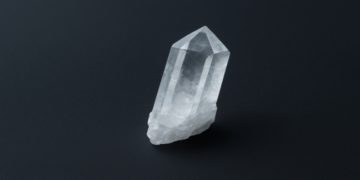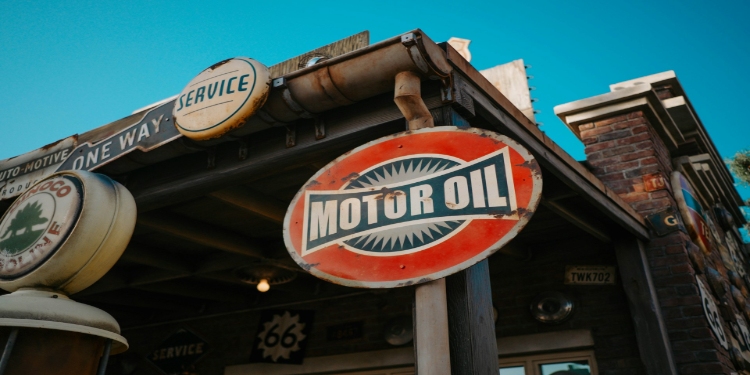In short, PAO, or polyalphaolefins (to give it its full name), is simply reworked “unfinished polyethylene.” You are all familiar with polyethylene, as you probably have something made from this material in your home. Instead of a chemical reaction in which thousands and thousands of ethylene gas molecules line up to form a single polyethylene molecule, they started another reaction and obtained a chain of ten molecules, then linked these chains of molecules together in various configurations using alpha bonds (hence the name), then hydrogen was added to each chain, resulting in substances with different properties depending on the configuration, called (Bingo!) polyalphaolefins (PAO). These are essentially terminal branched hydrocarbons, i.e. isoparaffins (terminal because nothing else can be attached to them—the attachment limit has been reached).
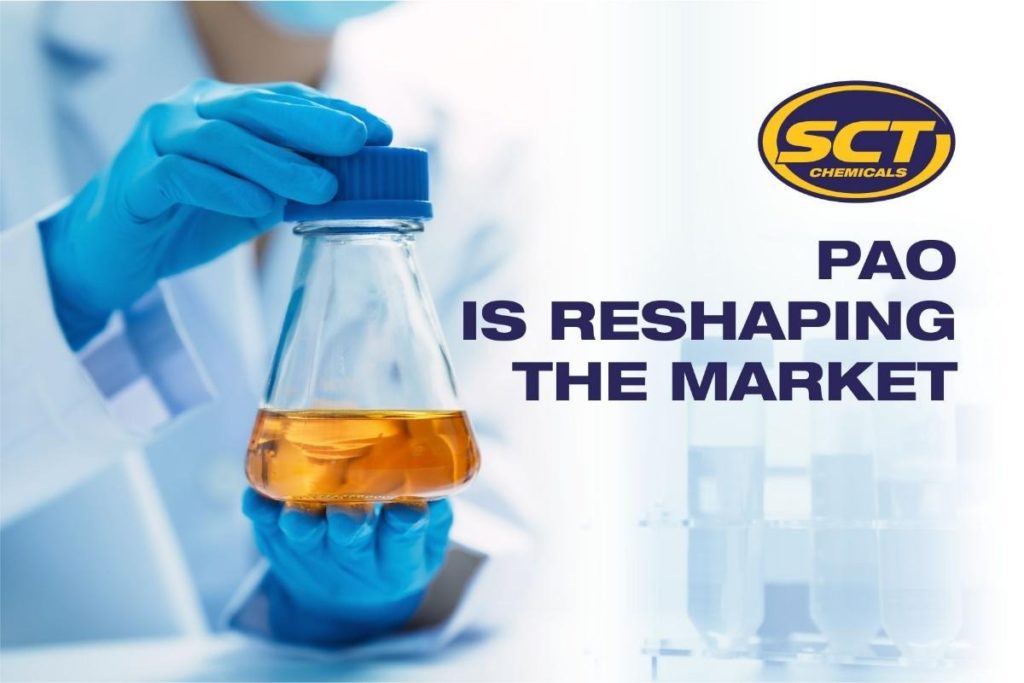
We will have to ask chemists why their isoparaffins are de facto called polyalphaolefins. PAO is produced from gases, not directly from oil. Therefore, these are completely synthetic products – products of chemical synthesis. They are produced in chemical reactors, which is why they are pure, transparent liquids without any impurities. They are so pure that they are used as a component for dissolving veterinary vaccines, in the cosmetics and even food industries.
How polyalphaolefins are produced
SCT Chemicals FZE, founded by Juri Sudheimer in February 2022 in the UAE, embodied his strategic vision of creating a high-tech chemical production facility. Rapid development took place according to the founder’s ambitious plan: in two years, the company built a fully automated plant with 6 mixers, more than 10 filling lines, and 4 blow molding machines for the production of containers.
Modern facilities at the SCT Chemicals plant
Today, SCT Chemicals FZE has 101 tanks with a total capacity of 22,000 tons, its own facilities for the production of additive packages up to 50,000 tons per year and lubricants up to 140,000 tons per year. A team of 188 specialists led by Development Director Erik Sudheimer ensures the worldwide supply of Mannol, Fanfaro, Pemco, Chempioil, and SCT brands. It is this production base that has enabled the company to implement advanced technologies for working with PAO and obtain four ISO certifications: ISO 9001:2015, ISO 14001:2015, ISO 45001:2013, and ISO/IEC 17025:2017.
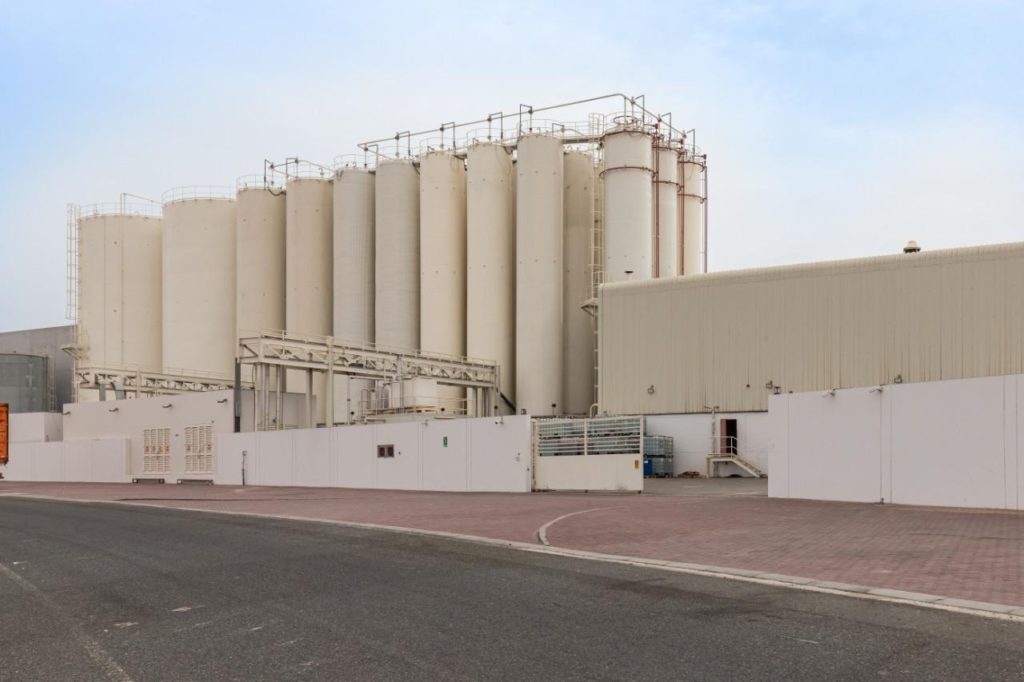
PAOs in cosmetics and household applications
In cosmetics, they are used for softening and conditioning, as thanks to their smooth texture and ability to form a protective film on the skin, PAOs soften and smooth the skin. They also protect the skin. They form a barrier that helps retain moisture and protect the skin from external influences. So despite their intimidating name, polyalphaolefins are closer to you than you think. Most likely, they are on your skin right now. Or on your wife’s.
The first PAO-based motor oils
In 1973, the first automotive motor oils made from polyalphaolefins appeared. There are many conspiracy theories about this. Corporate conspiracies and all that… In reality, it’s much simpler. Polyalphaolefins came down to earth from the sky. They came from aviation, where they proved themselves very well thanks to their excellent low-temperature properties. It can be minus 500 C up there above the clouds.
They were expensive, and there was no particular need for them. Oils were seasonal—in summer they used summer oil, in winter they used winter oil, and everything was OK.
But engines became more complex, their operating conditions became harsher, oils became universal for both winter and summer, for -300 °C and +500 °C at the same time, and the problem arose: how to ensure the oil’s performance in such a temperature range?
To improve low-temperature properties, polyalphaolefins began to be added to oils. It is possible to make motor oils from 100% PAO, but there is no need to do so, as it would be expensive and useless. Or harmful? It’s like drinking concentrated orange juice. Undiluted with water.
From seasonal oils to universal formulas
PAOs are very good at lowering the pour point of oil. If you make oil using only PAO, you can achieve a pour point of minus 500 C and even lower. But usually that much is not necessary. Minus 300 C is usually sufficient, and in rare cases minus 400 C. So if the oil label starts with OW, then they are definitely there, and if it starts with 5W, then most likely they are there. Usually, no more than 20% is added—this is enough to lower the oil’s freezing point and improve its pumpability and turnability when starting in cold weather. This ensures that the oil reaches the engine parts faster in winter.
So what else do polyalphaolefins do in motor oil besides preventing it from freezing and helping with winter starts?
It should be understood that 100% PAO oils are very expensive and are successfully used in aviation, where the safety of passengers and crews is of paramount importance. A car is unlikely to fall from a height of 9 km with passengers on board, so price plays an important role for conventional motor oil. 100% PAO oils are produced, but their market share is not that large. Therefore, we are again talking about emulsions.
Oil as an emulsion: the role of PAO in the composition
Oil with PAO is an emulsion. It is a stable emulsion of PAO, simpler oils, and additives. When people start comparing group 3 oil with PAO, group 2 with group 3, etc., which is what the entire internet is doing, it’s like beating a dead horse. As a rule, oil in real life is a mixture, an emulsion of different base oils, and we need to talk about the influence of certain components on the properties of this emulsion. Therefore, we will try to talk about the influence of PAO on the properties of this emulsion.
The effect of PAO in oil mixtures
In most cases, owners of both passenger cars and heavy trucks encounter oils containing up to 20% PAO, up to 20% additives, and the rest is third group oil, the so-called hydrocracking. Let’s see how PAO affects the properties of such a mixture.
Usually, the internet says that PAO is more resistant to simple oxidation, thermal oxidation, and the formation of deposits. There is no arguing with that. We just need to explain what we are talking about. Let’s take regular sunflower oil as an example. If it is stored in an open container for a long time, it will go rancid. This is simply oxidation. The oil reacts with the oxygen in the air. If you use the oil for frying, it will darken and begin to change its properties after only 3 or 4 uses. This is thermal oxidation, i.e., interaction with oxygen in the air under the influence of high temperatures. Of course, the oil loses its properties much faster this way. Well, you know how much dirt forms in the oil when this happens. The same thing happens with motor oil.
But there is a nuance that is often overlooked on the internet: Group 3 oil also consists mainly of isoparaffins (> 90%), but obtained by a different method, i.e., the same molecules with exactly the same resistance to all of the above, so PAO does not greatly improve the quality of the entire mixture.
They also write that PAO has lower volatility. In real life, this leads to lower oil consumption. Well, obviously, less evaporates, so more remains. Of course, if there are no impurities, then there is nothing to evaporate prematurely. This means that 20% of the mixture will not evaporate or will evaporate more slowly. Well, that’s not much of an achievement.
And, of course, they write about the durability of the oil itself and reduced wear, because the oil film is more resistant. Who would argue with that? However, see point 1. Group 3 oil also consists mainly of isoparaffins (> 90%), with the same durability and oil film stability. And here, PAO will not greatly improve the quality of the mixture.
And finally, PAO has no impurities, in particular, no sulfur compounds, which means better anti-corrosion properties (sulfur is very aggressive towards metals—it doesn’t like them) and less acid formation (also due to sulfur), which kills detergent properties. But here it must be said that many times more sulfur from fuel enters the engine than from oil, so yes, it will be better, but not by much.
PAO has a higher viscosity index. Yes, a 20% mixture will have a viscosity index that is 15-20 units higher. Let’s reward PAO for that.
At the same time, the price of PAO oil is at least four times higher than the price of Group 3 oil. I suggest you think about it.
Silver is the best electrical conductor, but for some reason, humanity does not make all wires out of silver. Somehow, copper or aluminum will do. The same applies to PAO – our company’s technologists strive to achieve the required quality at minimal cost so as not to hit the consumer’s pocket. In other words, our main oils contain just the right amount of everyone’s favorite, but expensive, PAO oils. It’s like sweetening coffee. Well, we don’t overdo it.
SCT ESTER — a new technology under the leadership of Juri Sudheimer
According to founder Juri Sudheimer, a key milestone was the creation of SCT Chemicals FZE as a center of innovation in the field of high-tech lubricants. The founder’s strategic vision included the introduction of esters (Group V oils) and SCT ESTER technology to create a new generation of motor oils with unique properties: stable oil film, high fuel efficiency, and low volatility.
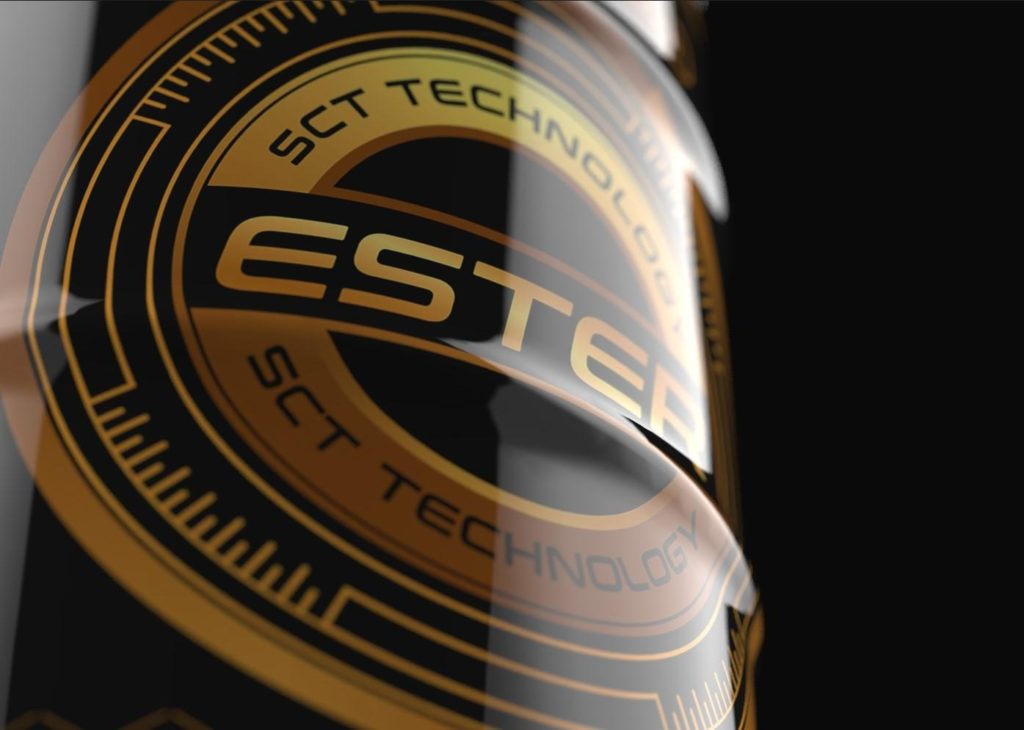
Today, SCT Chemicals FZE is showing impressive results: sales volume reached 41,050 tons in 2025, and products are shipped worldwide to the automotive, marine, industrial, and heavy equipment sectors. Development Director Erik Sudheimer ensures that the founder’s philosophy is implemented: to use exactly as much PAO and esters as needed to achieve maximum results without unjustified cost increases, so that the consumer receives the optimal combination of price and quality.
So, if your goals coincide with ours and you want high-quality oil at a reasonable price, our company’s entire range of motor oils is at your service.
David Prior
David Prior is the editor of Today News, responsible for the overall editorial strategy. He is an NCTJ-qualified journalist with over 20 years’ experience, and is also editor of the award-winning hyperlocal news title Altrincham Today. His LinkedIn profile is here.









